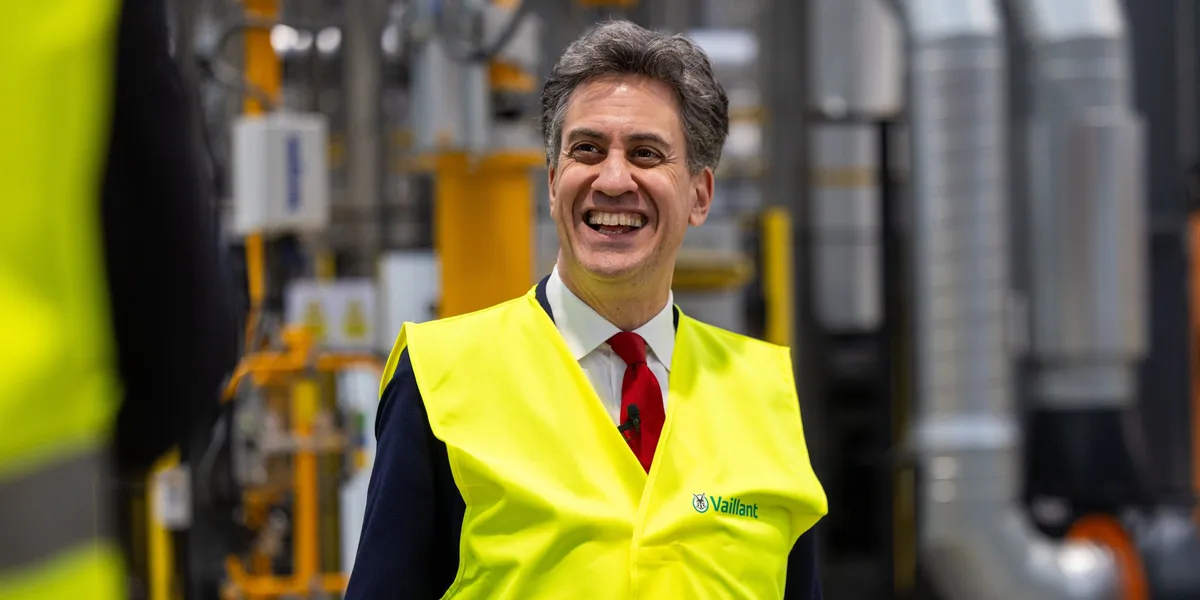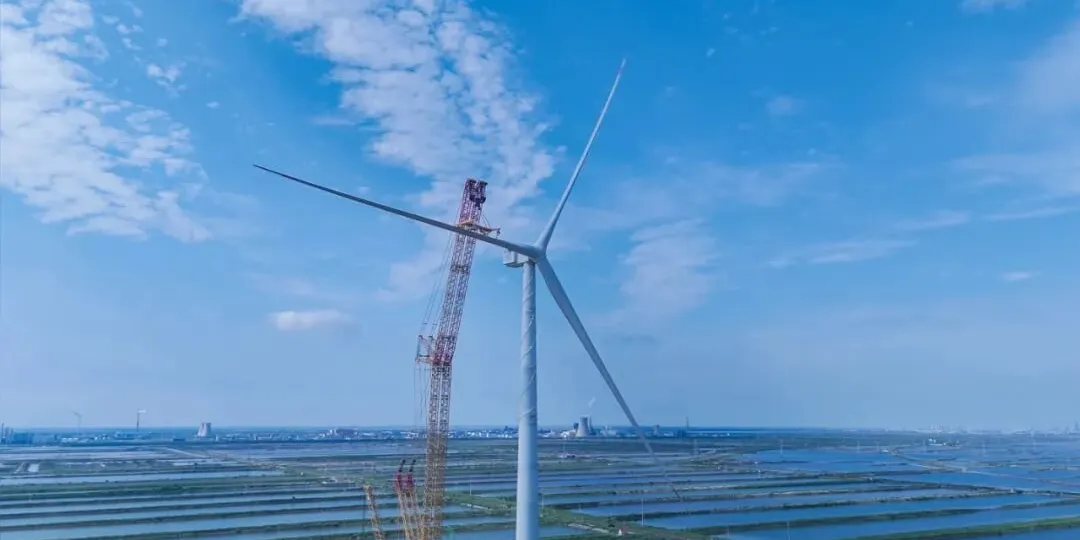The U.S. solar industry has experienced remarkable growth over the past few years. Solar accounted for 84 percent of the nation’s power additions in 2024, and the U.S. Energy Information Administration (EIA) projects that solar capacity will double in just four years.
However, the industry’s rapid scaling hasn’t been entirely without growing pains. Solar’s explosive growth over the last 15-20 years hasn’t been met with an equally robust investment in training or workforce development. The downstream effect, according to solar industry veteran Amanda Bybee, is clear: Systems aren’t always performing as well as they should.
Our nation’s renewable energy goals “are predicated on the basic assumption that everything that we’ve installed previously still works,” she said.
Bybee noted early claims by salespeople that solar is “maintenance-free” contributed to this issue—a misconception that, while less common today, still lingers in certain corners of the industry.
“I would never want to advocate that we not move fast,” said Bybee. “But I do think the training piece has lagged a little bit, and so we need to step up our game.”
Bybee is the Executive Director of Amicus O&M Cooperative, a member-owned network of over 50 independent solar companies across North America. The cooperative promotes collaboration among solar O&M providers by sharing knowledge, tools and software.
However, its primary focus has become developing a set of comprehensive industry standards and training for O&M technicians.
In 2023, Amicus O&M Cooperative received a U.S. Department of Energy (DOE) grant to develop a comprehensive four-level technician framework, covering residential, commercial, utility and energy storage systems. The framework aims to bring much-needed consistency to the industry by defining clear skill levels—from entry-level technicians to advanced experts—along with standardized job titles and responsibilities.
According to Bybee, the absence of such standardization has led to inconsistencies in hiring and contributed to wage inflation across the sector.
“[Technicians] can apply for jobs or get poached from one company to the other with the promise of higher pay and higher titles, but that’s been kind of divorced from any kind of objective skills assessment,” said Bybee.
This new framework would not only help employers better match skills to roles, but it would also create a transparent career path for technicians, making solar workforce development more sustainable and attractive.
The co-op’s work has already influenced national standards, with the Solar Energy Industries Association (SEIA) adopting the four-level framework as the basis for its SEIA 301 standard. Meanwhile, the American Clean Power Association (ACP) is developing a more narrowly focused utility-scale standard but has also been at the table with Amicus from the beginning, Bybee said.
“There’s been a lot of harmony and a lot of interest in making sure that we were working in the same direction,” she said, noting that both SEIA and ACP participated in initial stakeholder meetings convened by Amicus in 2023.
Bybee said securing support from companies is one thing, getting them to fully adopt the framework – in their job descriptions, HR practices and training programs – is another.
“This isn’t the sort of thing that you plop down on the on the table and it gets instantly adopted,” she said. “I imagine this will be a yearslong process to slowly implement the change management, implement the change procedures to get everybody on that same page.”
Amicus has also launched its first online technician training for solar and energy storage systems. The Tech 1 training is designed for true beginners and includes foundational topics like basic electrical theory, PV system components and grid interconnection, construction and site safety, proper use of tools and PPE and performing basic O&M tasks.
Bybee said there’s a special focus on bringing new entrants into the solar O&M space.
“If we need to expand the workforce by 4x in 10 years to meet our climate goals as a country, then we’ve got to be willing to broaden the tent and bring in some more unusual suspects with transferable skills or the right aptitudes to get into this work,” she said.
The Tech 1 program launched internally in January for Amacus O&M Co-Op members in January and is now publicly available on the HeatSpring platform. It’s an online, self-paced course (18–24 hours), but Bybee stressed that it’s not a substitute for hands-on field training.
“That’s the piece we will be leaning on companies to help fill in,” said Bybee. “It’s just like any other field role: You need consistent, sustained on-the-job training to really become great at it.”
Upon completing the program, participants will receive a certificate of completion that is expected to meet the requirements for a forthcoming certification from the North American Board of Certified Energy Practitioners (NABCEP), Bybee said.
A course for Tech 2 is under development, with courses for Tech 3 and 4 planned for release in the future, pending available funding.
“My hope is that we continue to invest in the ongoing operation of the assets that are already on the ground,” said Bybee, “and that we can find it in our hearts and in our pocketbooks to continue doing the training.”
Click here to access and sign up for the training.
Originally published in Factor This Power Engineering.








